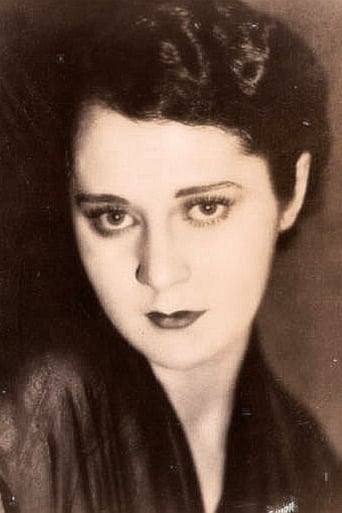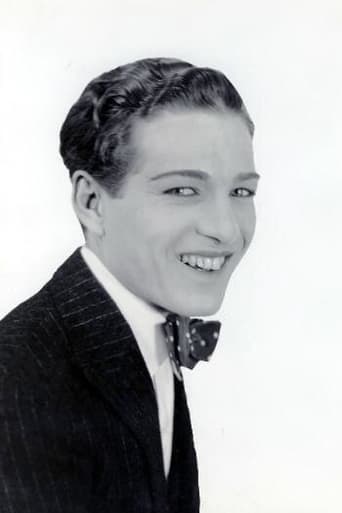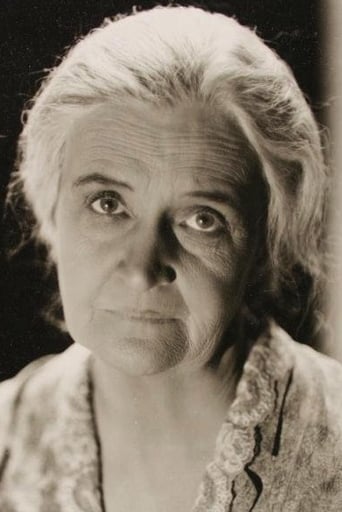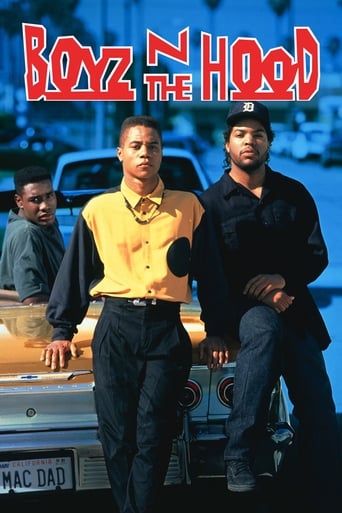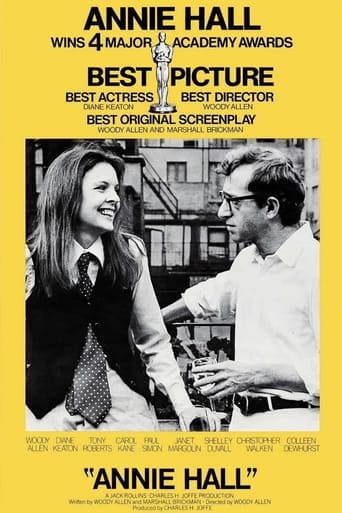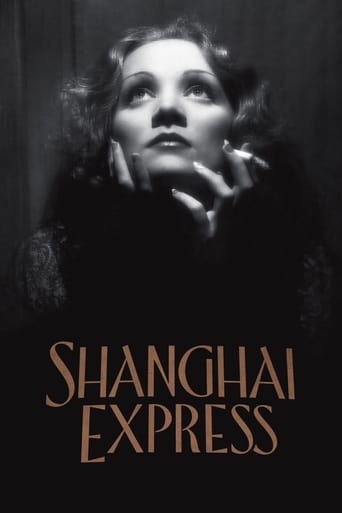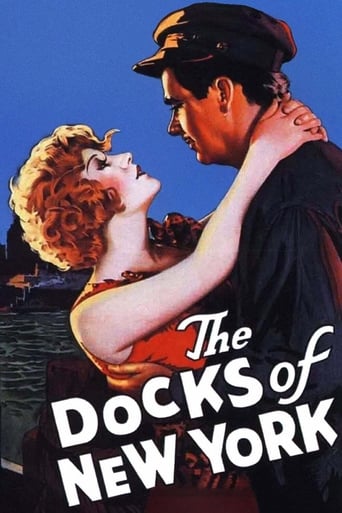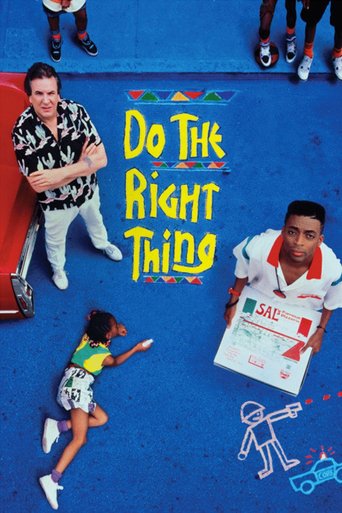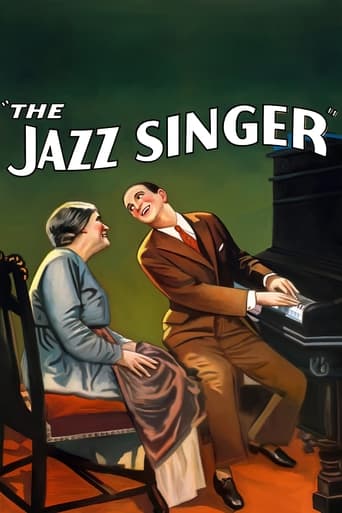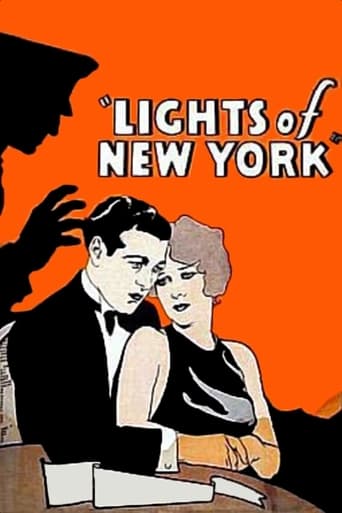
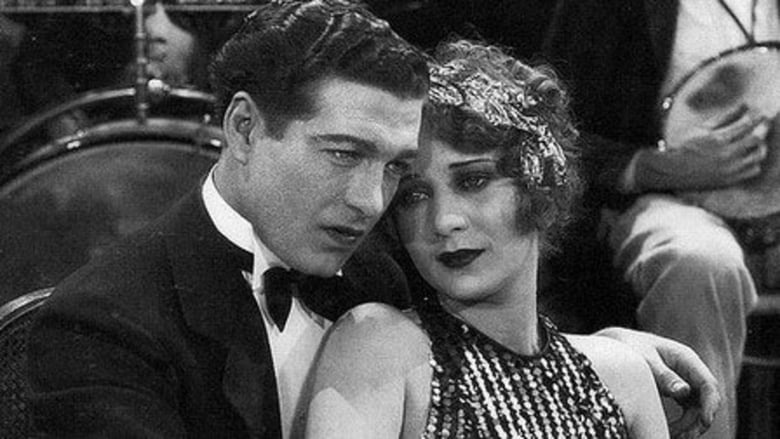
Lights of New York (1928)
Eddie is conned into fronting a speakeasy for a local gangster who intends to frame him for the murder of a cop.
Watch Trailer
Cast


Similar titles
Reviews
Highly Overrated But Still Good
It was OK. I don't see why everyone loves it so much. It wasn't very smart or deep or well-directed.
Through painfully honest and emotional moments, the movie becomes irresistibly relatable
A terrific literary drama and character piece that shows how the process of creating art can be seen differently by those doing it and those looking at it from the outside.
Lights of New York (1928) ** 1/2 (out of 4)Eddie (Cullen Landis) lives in a small town but dreams of the big city just forty-five minutes away. He talks his mom into letting him go to New York City to visit his girl Kitty (Helene Costello) as well as try to make something for himself. Before you know it Eddie is in New York but he's gotten conned into a bootleg racket by the criminal Hawk Miller (Wheeler Oakman).Everyone knows the history of THE JAZZ SINGER and how it introduced the world to talking pictures. That movie only had portions of it that were sound but all of that changed with LIGHTS OF NEW YORK, which would be the first all sound picture. It's rather interesting that the film has so much history behind it and yet it was hard to see for many decades and just finally got released to DVD in April of 2018. When you watch this film you can talk about its place in history, the technique of its use of sound and the movie itself. I'll start with the movie itself, which is mildly entertaining thanks in large part to it just running 57-minutes. The film is rather short but there's no question it's rather unoriginal and especially the story of a small town boy going to the "evil" big city and finding bad stuff. It's not original and there's nothing fresh done with it outside of the dialogue and sound effects.The performances are all pretty stiff but this here goes to the technology. Mics had to be hidden all over the place to pick up the actor's dialogue and quite often the actors had to stand very close to them. You can tell there were various problems because more times than not the actors in the film are standing close to each other for no reason than so the mics can pick up what they're saying. In fact, there's one scene where you can hardly hear a woman speaking until she takes a step up and then her dialogue becomes audible. With that in mind, it makes sense why some of the performances are rather bad and at times the actors seem to be shouting to get them heard. It should be stated that the star of the picture, Landis, appeared in over a hundred movies but would just make two more after this one.LIGHTS OF NEW YORK is certainly going to appeal to film buffs who want to see the first sound picture. That alone makes it worth watching but it's also fascinating to see where the technology was at this point and how it hampered the picture. There are some obvious issues with the picture and there's no question that it doesn't have anything original about it but at the same time the movie remains entertaining and worth watching.
"Lights of New York" originally started out as an experimental two reel Vitaphone short that eventually snowballed into the first all talkie feature film. Helene Costelle was supposedly one of the most beautiful actresses in Hollywood and sister to (in my opinion the real beauty) Dolores Costello, who seemed to get all the breaks. Poor Helene is best known for appearing in this pretty dreary film that bought a revolution to Hollywood!!Two bootleggers on the lam in "Main Street" convince a couple of small town barbers to try their luck on Broadway. The barbers Eddie (Cullen Landis) and Gene (Eugene Palette) don't realise that their barber shop is soon a cover for illegal bootlegging activities. They soon do realise it and regret the day they left their small town. The only thing keeping them going is the loan that Eddie's mother gave them and that they desperately want to pay back. Eddie becomes re-acquainted with Kitty Lewis (Helene Costello) a girl from his home town who has made good on Broadway. Kitty is worried about "Hawk" Miller (Wheeler Oakman) who is always hanging around her but Eddie, innocently, thinks she is exaggerating as "Hawk" already has a girlfriend Molly (Gladys Brockwell) but to reassure her he gives her a little handgun to frighten unwanted admirers away. "Hawk", who has killed a police officer and has the "Feds" closing in, decides to frame Eddie. Meanwhile Molly is getting pretty fed up with "Hawks" treatment of her and after a showdown where he tells her he is after a chicken and not an old hen the stage is set for - Murder!!!The fact is it isn't completely awful, apart from gangsters and showgirls alike speaking in their best elocution voices and that was still happening in films in 1930. Gladys Brockwell (if a trifle melodramatic) and Eugene Palette (quite natural) were okay and were the most seasoned actors in the cast. There was no John or Ethel Barrymore to be seen - Cullen Landis and Helene Costello soon returned to the obscurity from which they had come. I also didn't notice much of the "hidden mike" - where people had to be grouped around different objects ie a telephone or sitting on a couch before they could engage in conversation. People who saw it at the cinema probably started to think that all policeman talked in that flat monotone as that trend continued in many early talkies ie "Little Caesar" (1930). In any case they were probably intrigued by the novelty of a completely all talkie - with some singing and dancing - film in 1928.Recommended.
Lights of New York was the first all-talking feature film. There had been, of course, The Jazz Singer, released in Oct. 1927 as the first feature film incorporating synchronized dialog. However, this film released in July 1928 is virtually unremembered for its place in film history. It had started out as a short, but gradually more was tacked on until - clocking in at 58 minutes - it accidentally became the first all-talking feature film. It opened to a grind house run and to Warner Bros. surprise, made over a million dollars. That was good money back in 1928.The plot is quite simple. Two country barbers naively buy into a barber shop on Broadway that fronts as a speak-easy for "The Hawk", a gangster. When they learn the truth they can't afford to get out, because the younger barber, Eddie, has all of his mother's money tied up in the place. Kitty is the younger barber's girlfriend, and gangster Hawk (Wheeler Oakman) has an eye for turning in his older girlfriend (Gladys Brockwell) for a newer model - chorus girl Kitty(Helene Costello). A cop is killed while trying to stop the Hawk's men from unloading a shipment of bootleg liquor, and the Hawk sees it as an opportunity to frame Eddie, thus getting Kitty for himself.This early talkie is loads of fun for the enthusiast of these pioneering works. Sure, the plot is elementary and the dialog stilted, but there is something you don't see much of in early talkies - background musical scoring. Vitaphone had originally been used for this very purpose, and here they are still using it for musical accompaniment along with the dialog. And there are singing and dancing numbers! The scenes in Hawk's nightclub are used as an opportunity to show off what films could never do before - musical numbers. There is even a wild-eyed emcee with some heavy makeup left over from the silent era that is a hoot to watch.Vitaphone could not go outdoors at this point due to the static camera booths, so the scene in the park between the two lovers Eddie and Kitty is simulated - and cheaply. The greenery looks like something out of an Ed Wood movie or perhaps a high school production of "Our Town". Gladys Brockwell, as the Hawk's castoff girlfriend, delivers her lines with punch. She's a real trooper considering what lines she has to deliver. To the Hawk - "So you think you can have any chicken you want and throw me back in the deck!". Huh? mixed metaphors anyone? And then there are her final lines "I've lived, and I've loved, and I've lost!" Did someone get paid to write this dialog? Brockwell was making a good success of her talkie career after scoring some triumphs in silent films (the evil sister in "Seventh Heaven"), when a fatal car accident cut her career short.Then there is Eugene Palette - the older of the two barbers in our story. His frog voice, natural delivery of lines, and cuddly appearance gave him a long career as a character actor usually appearing as a put-upon family man/businessman with a gruff exterior and heart of gold. In fact, Mr. Palette is the only member of this cast who still has a notable career in films just three years after this movie is released.Finally there is the question of "where is that microphone hidden?" Microphones were still stationary at this point, and it's fun to figure out where they've hidden it. There is one famous scene, though, where everybody can pretty much figure it out. Hawk is in his office talking to his two henchman - who seem to comprehend as slowly as they talk - about "taking Eddie for a ride". If you watch this scene you'd swear the phone on the desk is a character in this film. It's front and center during the whole conversation. The microphone is likely planted in the phone.There is something heroic about these pioneers flying blind in the face of the new technology of sound. You have silent actors who are accustomed to using pantomime for expression, vaudevillians who know how to play to a live audience but don't know how to make the same impression on a Vitaphone camera booth, and you have dialog writers either trying to write conversation as compactly as they did title cards or filling up films with endless chatter. Check this one out. It is not boring, moves fast, and is loads of fun if you know what to look for. And no, I don't expect this one to ever be out on Blu-Ray, but I hope that the folks at Warner Brothers add it to the Warner Archive soon so everyone can see it.
LIGHTS OF NEW YORK was the first "all-taking" feature film, coming in at a brisk 57 minutes and directed by Bryan Foy (of the famous vaudeville family).The story has two dopey barbers (Cullen Landis, Eugene Palette) yearning for a chance at "big city life" and getting involved with gangsters and bootleg booze. One of the guys gets framed for the murder of a cop but is saved at the last minute by a gun moll (Gladys Brockwell).Much of the story takes place in a night club called The Night Hawk, which is run by a crook named Hawk (Wheeler Oakman) who has his eye on a pretty chorine (Helene Costello) who is the girl friend of Landis. Costello gets to do a brief dance, and we hear Harry Downing (made up to resemble Ted Lewis) sing "At Dawning) in his best Al Jolson style.The acting ranges from good (Palette and Brockwell) to awful (Oakman). A couple of the actors muff their lines but then keep right on with the scene. As noted elsewhere this was intended to be a short 2-reeler and was made on a shoestring budget. Yet the sound quality is surprisingly good, the voices all register clearly, and there is a neat cinematic touch in the silhouette death.The film was a box-office smash even though it was shown as a silent film where theaters were not wired for the new sound technology. No one expected this little film to gross an amazing $1.3 million. It briefly made stars of Costello and Landis and certainly launched Palette on his long career as a star character actor.Co-stars include Mary Carr as the mother, Robert Elliott as the detective, Eddie Kane as the street cop, and Tom Dugan as a thug.


